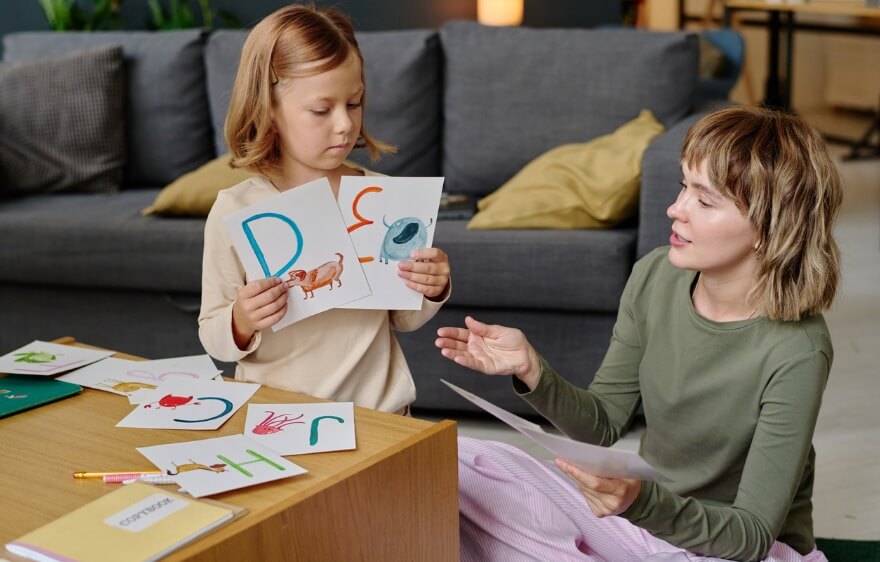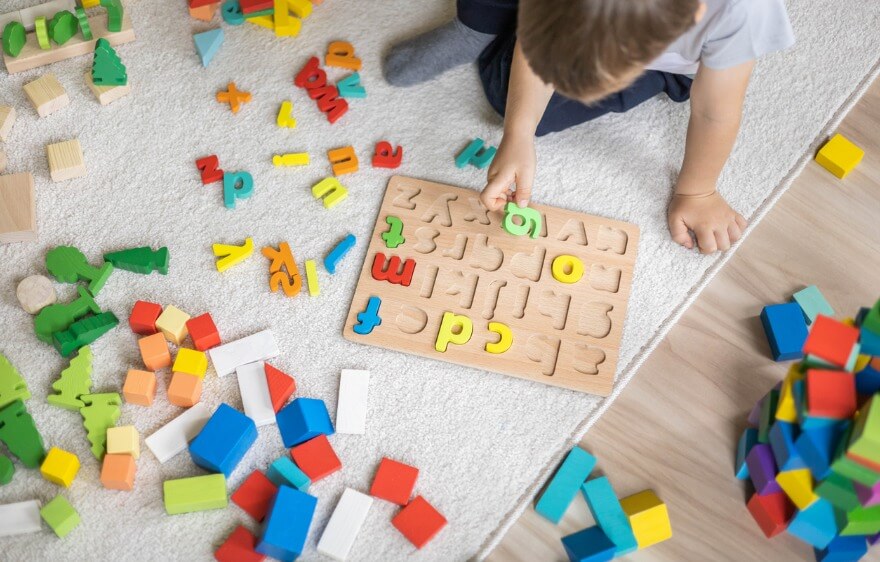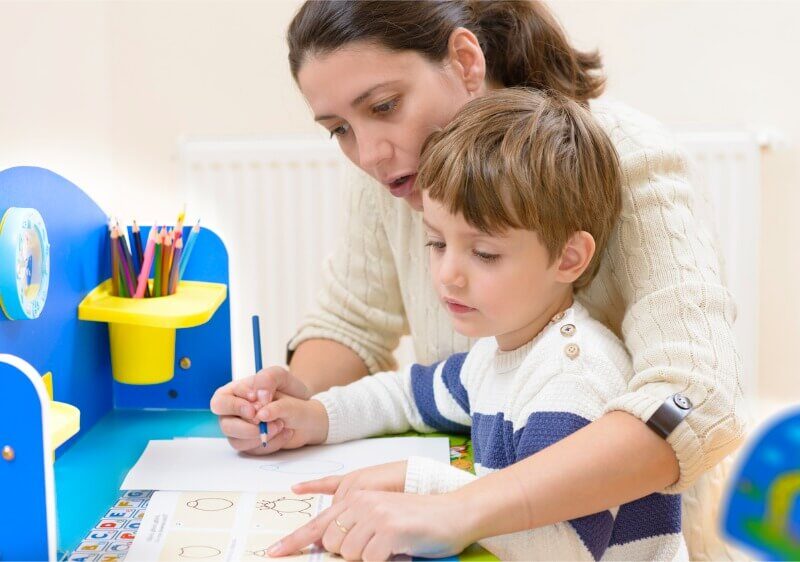Language is the way that we connect with others, describe our situation, needs, and wants, and how we perceive the world around us. Sometimes as children are learning how to speak and use language, they can run into issues that can affect their ability to understand or speak a language effectively. Not all speaking or language issues are the same and we will look at those today that are specific to the comprehension of speech and writing rather than their ability to produce the correct sounds or tones. Language-based learning disorders (LBLDs) are, as the name suggests, learning disorders that affect a person’s ability to use or comprehend speech or writing effectively.
How language learning disorders are divided
As explained by Stanford Health, language-based learning disorders typically fall into two categories. Mixed receptive expressive and expressive. When someone has a mixed receptive expressive language disorder, it means that they will have trouble understanding the meaning of what is being said to them, while those struggling with expressive language disorders have a harder time with clearly expressing thoughts and ideas in a verbal manner.
Receptive Learning Disorder Symptoms
Some common symptoms of a receptive learning disorder may be:
- Problems processing what is being said
- Difficulties with comprehending gestures
- Understanding overall concepts and ideas
- Trouble following directions
- Difficulty with replying to questions
- Difficulty properly identifying objects
Expressive Learning Disorder Symptoms
Common symptoms of an expressive disorder may be:
- Trouble with expressing thoughts and ideas
- Unable to ask questions
- Difficulty naming people, places, or objects
- Using words incorrectly
- Trouble with telling stories or singing songs
How LBLDs differ from Speech impairments
While on the surface, speech impairments and LBLDs may seem to have a lot of characteristics in common, the origin and structure tend to be very far apart. According to Understood.org, speech impairments are specifically issues that have to do with sound. Whether it is articulating sounds correctly or problems with pitch and volume, speech impairments are more technical problems that have to do with specific movements that involve the mouth, tongue, and vocal tract. In these cases, the child may have trouble making a specific sound used in the language they are trying to speak. This can also be common in situations where the children are being raised bilingually, where a sound that is common in one language is not used as much or at all in the other language.
LBLDs on the other hand, tend to be more broad, with an entire spectrum of symptoms that can fall under the umbrella. LBLDs have more to do with how difficulties with processing information can lead to issues with speech and language as opposed to actual physical impediments. In these cases the children may be able to hear the words correctly and speak the words correctly, but there is a disconnect where they do not understand the meaning or intent behind the words being heard or spoken. However, this is not to say that both cannot be issues for a child, but that the origin of the problem stems from a difference in brain structure that can also encompass comprehension and processing as well as physical movements that have to be correctly coordinated to produce the desired speech sounds.
How speech therapy addresses learning disorders
The main goal of speech therapy for learning disorders is to address problem spots. If a child can read and understand the material but has difficulty pronouncing the words, then the focus will be put on language skills, whereas another child may require more comprehension based problem solving. A speech therapist will assess various skill areas such as reading, writing, and oral communication as well as other aspects such as memory and information processing hone in ways to improve performance in day-to-day activities.
This is addressed in sessions through various activities such as articulation exercises, application of strategies on actual assignments as well as coaching and comprehension activities. As always, a good initial assessment from a qualified specialist will help to identify where your child is at developmentally and what areas they are having difficulty with. Once this is established, a plan can be created to identify areas of concern and therapy can begin.
Care Options for Kids Speech Therapy
At Care Options for Kids, our speech therapists can not only help identify any issues that stem from language-based learning disorders but can create an individualized plan of action with the child and family to ensure that all trouble spots are addressed in a way that is best for your child’s individual needs and personality.






